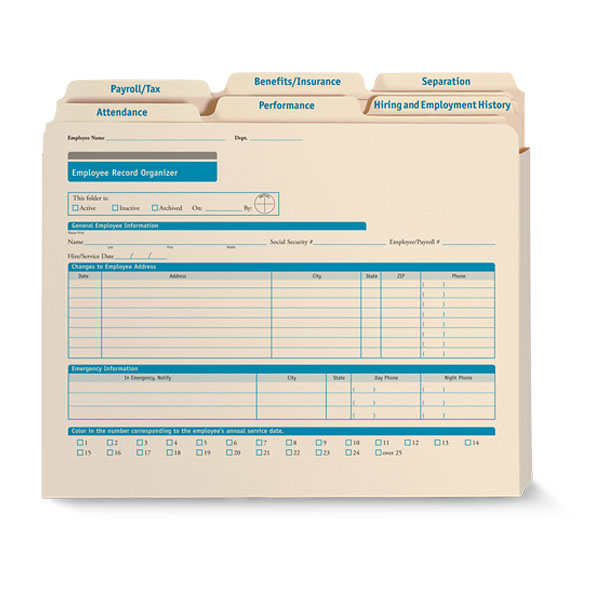 While employee records are – from both a legal and operational perspective – necessities of doing business, their management can cost you a lot of time, resources, and money. Ensuring that employee records are up to date is important for a variety of reasons: informing decision making processes; staying on top of performance and salary reviews; even compliance to labour laws and regulations. Because management of employee records is so critical, the format of your records and the efficiency of your management process can have a significant impact on your business. For those using more traditional methods for keeping employee records, it’s likely that your process is costing you both time and money – here’s why.
While employee records are – from both a legal and operational perspective – necessities of doing business, their management can cost you a lot of time, resources, and money. Ensuring that employee records are up to date is important for a variety of reasons: informing decision making processes; staying on top of performance and salary reviews; even compliance to labour laws and regulations. Because management of employee records is so critical, the format of your records and the efficiency of your management process can have a significant impact on your business. For those using more traditional methods for keeping employee records, it’s likely that your process is costing you both time and money – here’s why.
Paper is inefficient
Traditional employee records (read: paper records) were the popular format prior to the emergence of digital technology. Alternatives to this medium via digital formats were created for a reason; namely, because paper employee records inherently carried inefficiencies that were detrimental to the businesses having to keep them. If this is still the method being used by your organization, you are probably aware of some of these issues – susceptibility to error, limited ability to index and organize, limited searchability, etc. The major downfall is that paper employee records can have an adverse impact on productivity – costing you money – and require a lot of administration – costing you time.
Paper costs more than you think
Every business is aware of the upfront costs of traditional employee records: purchasing the paper and office supplies, costs associated with printing files, the physical file cabinets themselves, etc. But paper records carry a number of costs that aren’t so obvious. Consider the following:
-
The average cost of filling a four-drawer filing cabinet is a starling $20,000
-
The average cost of a misplaced record is $120
-
The average worker will use 10,000 sheets of paper per year
All things considered, the seemingly innocuous task of administering and filing employee records becomes a money pit.
It’s difficult to organize, index and retrieve paper files
One of the major shortcomings of paper employee records is that they are ill-suited for the degree of organization businesses require for effective record management. There is virtually no indexing capability; files must be organized and filed manually, meaning mistakes are bound to happen; and they can’t be searched easily for rapid retrieval. The entire process is extremely time-consuming. If your employees are spending a large percentage of their time filing, searching and other administering employee records, they have less time to devote to more role-critical tasks.
Is your business still using traditional employee records? It may be prudent to consider what the costs – both monetarily and time-wise – really are, and begin the search for a more efficient employee records management process.

